From smoky cantinas to gilded hotel bars, the world’s most beloved cocktails weren’t just invented—they were born into local culture, shaped by historical quirks, social shifts, and sheer improvisation.
These 10 iconic drinks offer more than just refreshment; they’re postcards from the places that created them.
Negroni – Florence, Italy
Allan Francis/Unsplash
The Negroni was born in 1919 when Count Camillo Negroni, a globe-trotting aristocrat, asked his friend, a Florentine bartender, to stiffen his usual, the Americano, by replacing soda water with gin. The result was bold, bitter, and deeply Italian, reflecting the mood of post-war Florence. The Negroni soon became a mainstay of Italy’s aperitivo culture, celebrated for its minimalism and strength.
Mojito – Havana, Cuba
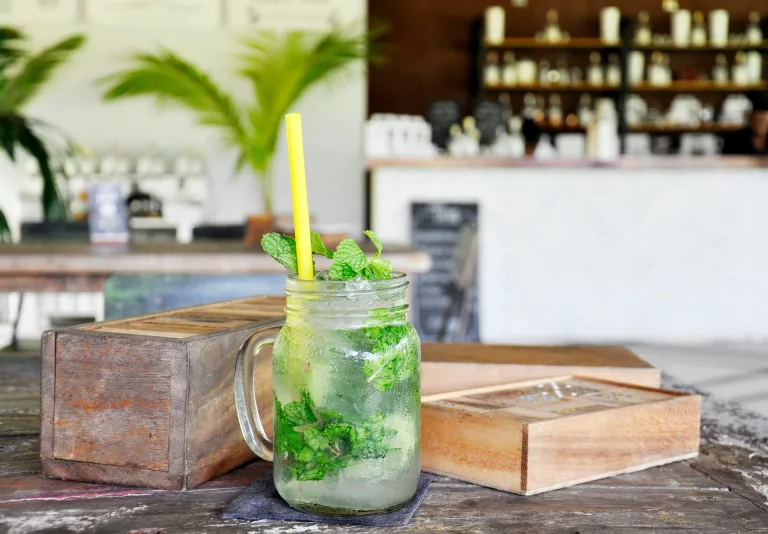
Alex Block/Unsplash
This Cuban classic traces its lineage to the 16th century, when a rough mix of mint, lime, sugar, and aguardiente (a rum ancestor) was used as medicine. It evolved in Havana’s colonial era as rum became smoother and sugarcane thrived. By the 20th century, it had found a home in the capital’s cafés, becoming a symbol of Cuba’s breezy resilience and Afro-Caribbean flair.
Pisco Sour – Lima, Peru
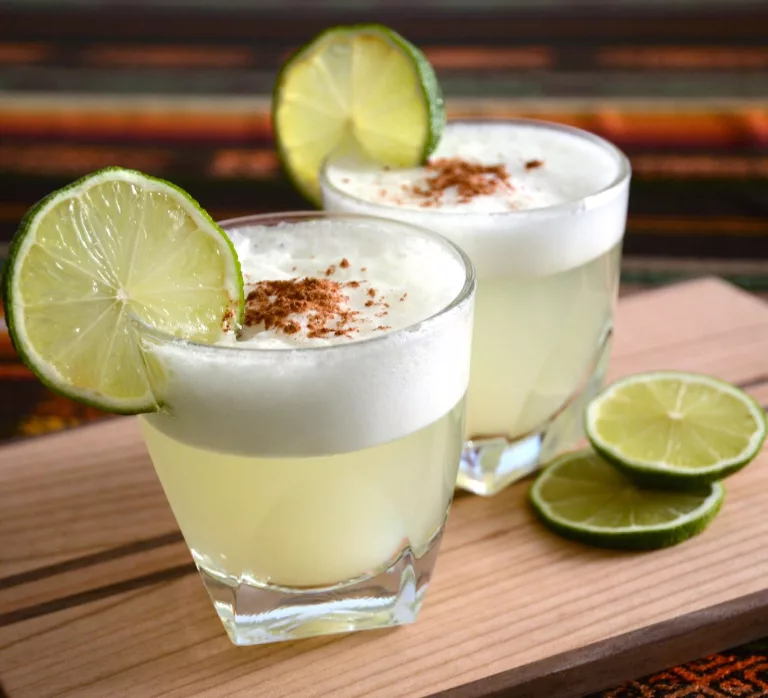
Picture/BBC Good Food
Pisco, a grape brandy born from Spanish colonial vineyards, forms the heart of this iconic drink. The cocktail itself was first mixed in the 1920s in Lima by American bartender Victor Morris, who crafted it as a twist on the whisky sour. With lime, sugar syrup, egg white, and bitters, it bridged local ingredients with cosmopolitan style. Today, it’s a Peruvian and Chilean cultural treasure.
Singapore Sling – Singapore
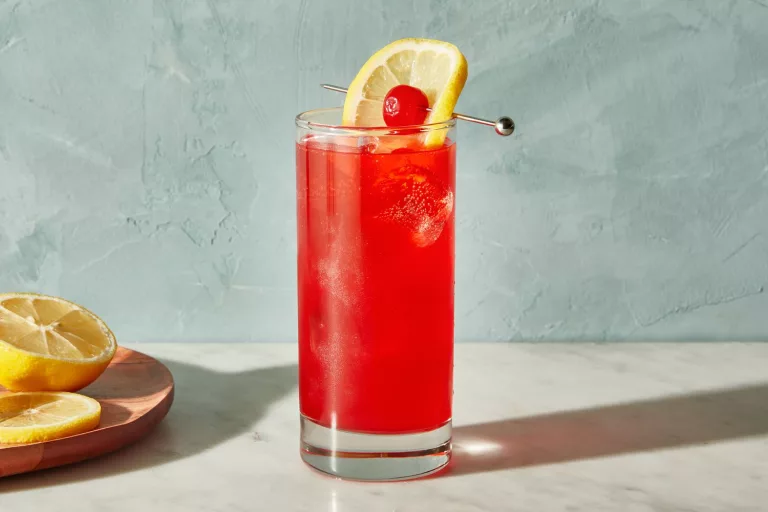
Picture/The Spruce Eats
In the early 1900s, bartender Ngiam Tong Boon at Raffles Hotel created this pink concoction to let women drink in public without scandal. It masked gin with cherry brandy, Benedictine, pineapple, and citrus to resemble a harmless punch. The result became an East-meets-West classic, steeped in colonial history and Singapore’s flair for invention.
Caipirinha – São Paulo, Brazil
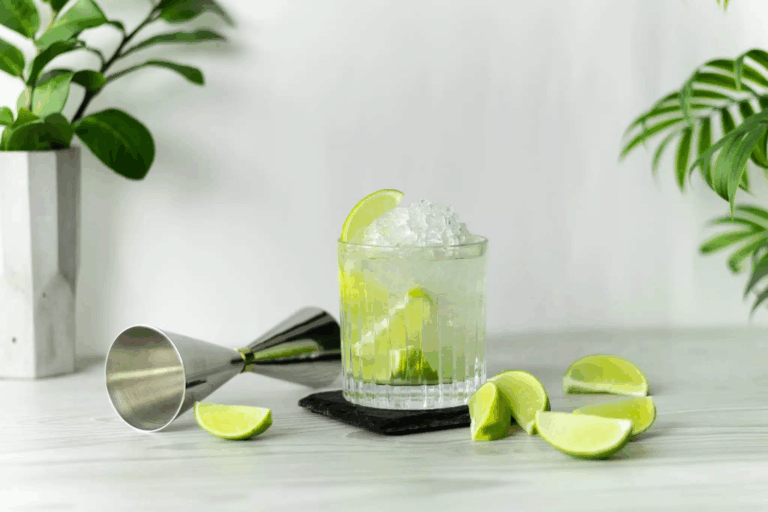
Picture/Drinks World
Brazil’s national cocktail sprang from rustic roots. First believed to be a remedy during the Spanish flu, it originally combined lime, garlic, honey, and cachaça. As time passed, it shed its medicinal air and embraced simplicity—lime, sugar, and cachaça—becoming a toast to Brazil’s sun-soaked rhythm and countryside ingenuity.
ALSO READ: 10 Constantia restaurants serving good food and views
Mai Tai – Oakland, USA
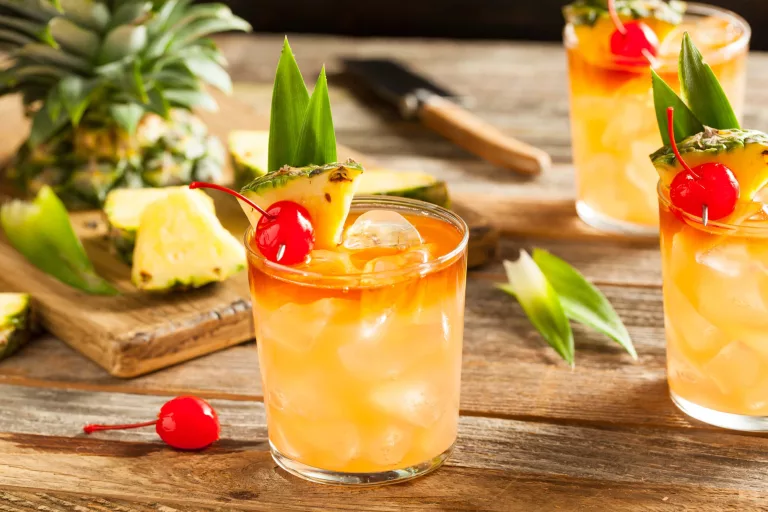
Picture/Bar Brothers Events
Though often associated with Pacific islands, the Mai Tai was born in the 1940s in Oakland. Trader Vic (Victor Bergeron) crafted it to showcase an aged Jamaican rum, and a Tahitian guest’s enthusiastic “Maita’i!” gave it its name. But there is also a story that goes that Trade Vic created the cocktail for his friends, who were rum lovers, but didn’t like the taste of raw rum. The Mai Tai was also prominently featured in the 1961 Elvis Presley film Blue Hawaii.
Bloody Mary – Paris, France (or New York, USA)
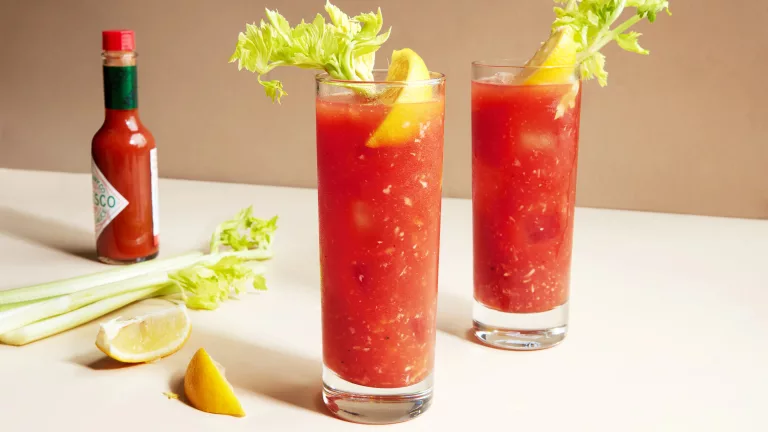
Picture/Epicurious
The origin story of the Bloody Mary is disputed. However, most trace the history back to a young bartender named Fernand “Pete” Petiot at Harry’s New York Bar in Paris in 1921. Paris in the 1920s was a popular destination for many US expats, including Earnest Hemingway. Paris was also popular among Russians who were escaping the revolution and wars in Russia. The Russians brought plenty of vodka from their homeland, while the Americans brought canned tomato juice to the city. It is said that Pete took the Russian vodka and American tomato juice, mixed in some spices, lemon juice and seasoning and the Bloody Mary was born.
Margarita – Mexico
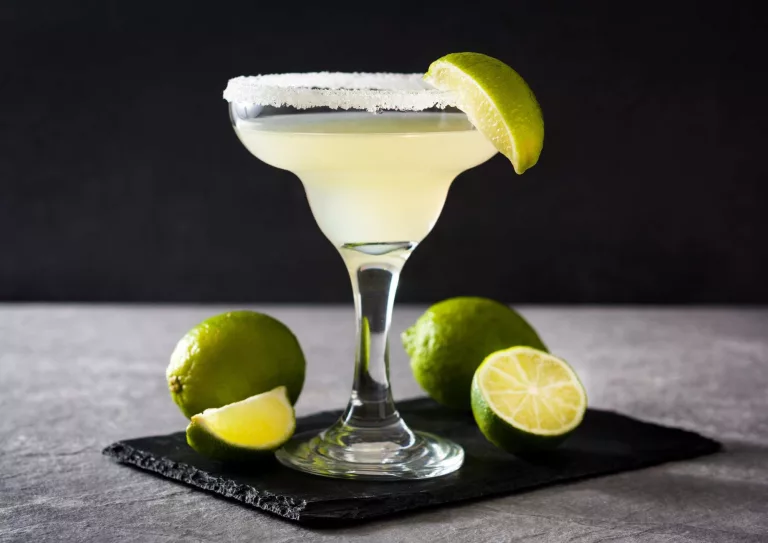
Picture/Smartblend
The Margarita’s origin is muddled in myth, with several competing stories. One credits Carlos “Danny” Herrera, who allegedly created it in 1938 for a customer allergic to other spirits. Another attributes it to socialite Margarita Sames, who mixed the now-iconic blend of tequila, lime juice, and Cointreau at a 1940s Acapulco party. While the true story may be lost to time, the Margarita’s Mexican roots and global fame are indisputable.
Aperol Spritz – Italy
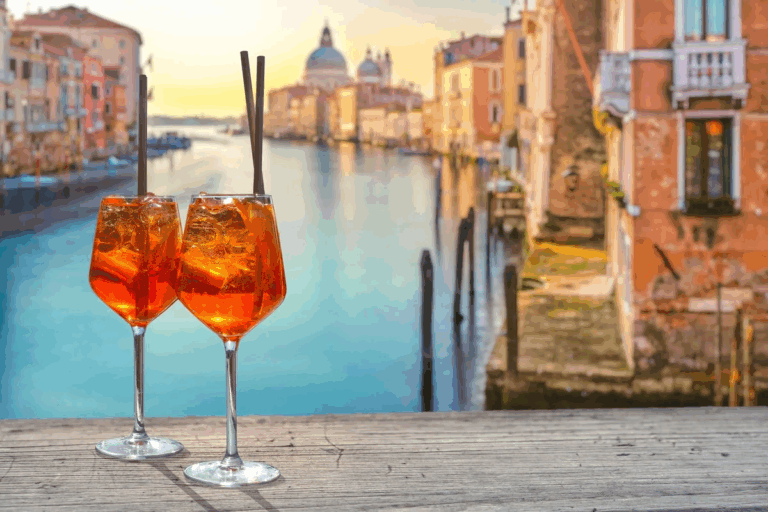
Picture/Sprizzer
Created in 1919 by brothers Luigi and Silvio Barbieri in Padua, Aperol quickly became a beloved local apéritif. By the 1950s, as Northern Italy blossomed into a hub of fashion and food, the Aperol Spritz emerged as the drink of the moment. Mixing Aperol with prosecco and soda water, Venetians crafted what’s now often called an “Italian sunset in a glass.” Born from postwar elegance and regional pride, the Aperol Spritz remains one of Italy’s most iconic cocktail exports.
Espresso Martini – London, UK
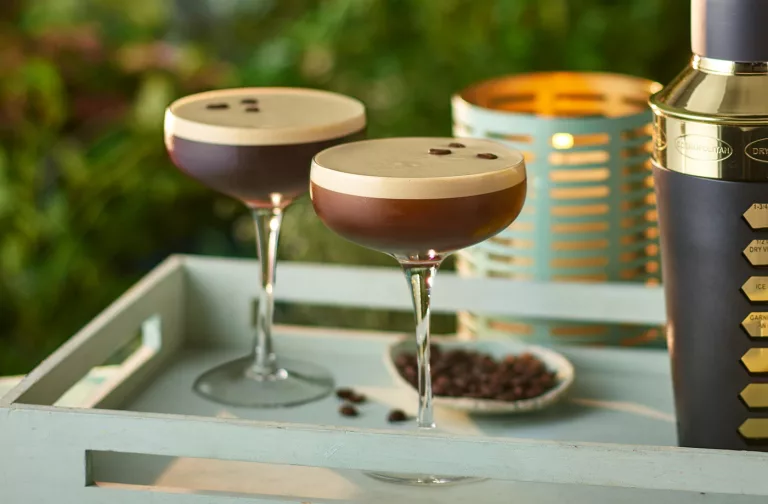
Picture/Tesco Recipes
The Espresso Martini is widely credited to legendary London bartender Dick Bradsell, who reportedly created it in the late 1980s at Fred’s Club. The story goes that a young model—rumoured to be Naomi Campbell or Kate Moss—asked him for a drink that would “wake me up, then f*** me up.” With a coffee machine stationed inconveniently close to his bar setup and vodka reigning as the drink of choice at the time, inspiration struck. The result was a bold, buzzy cocktail that became an instant classic.
Follow us on social media for more travel news, inspiration, and guides. You can also tag us to be featured.
TikTok | Instagram | Facebook | Twitter
ALSO READ: Where to go for coffee, biltong & olive tastings in South Africa

